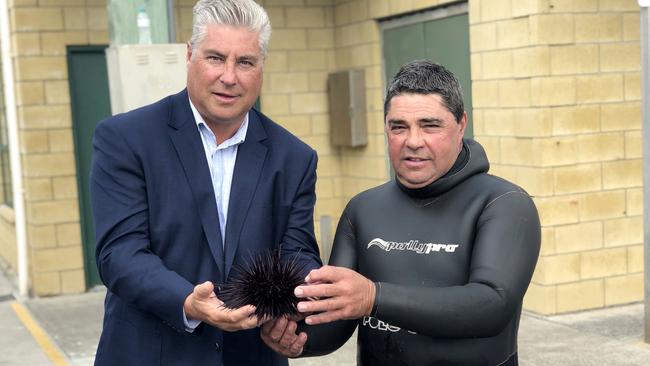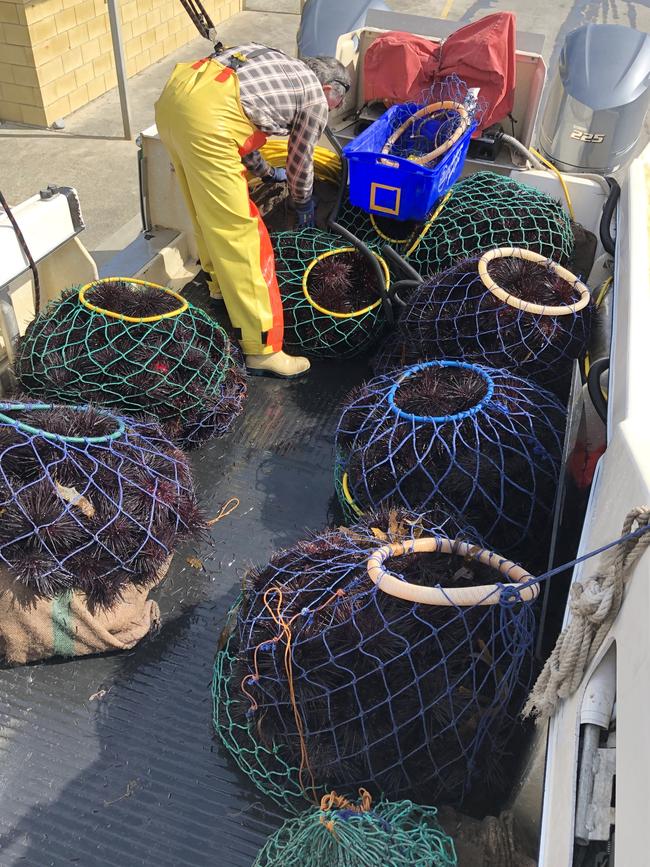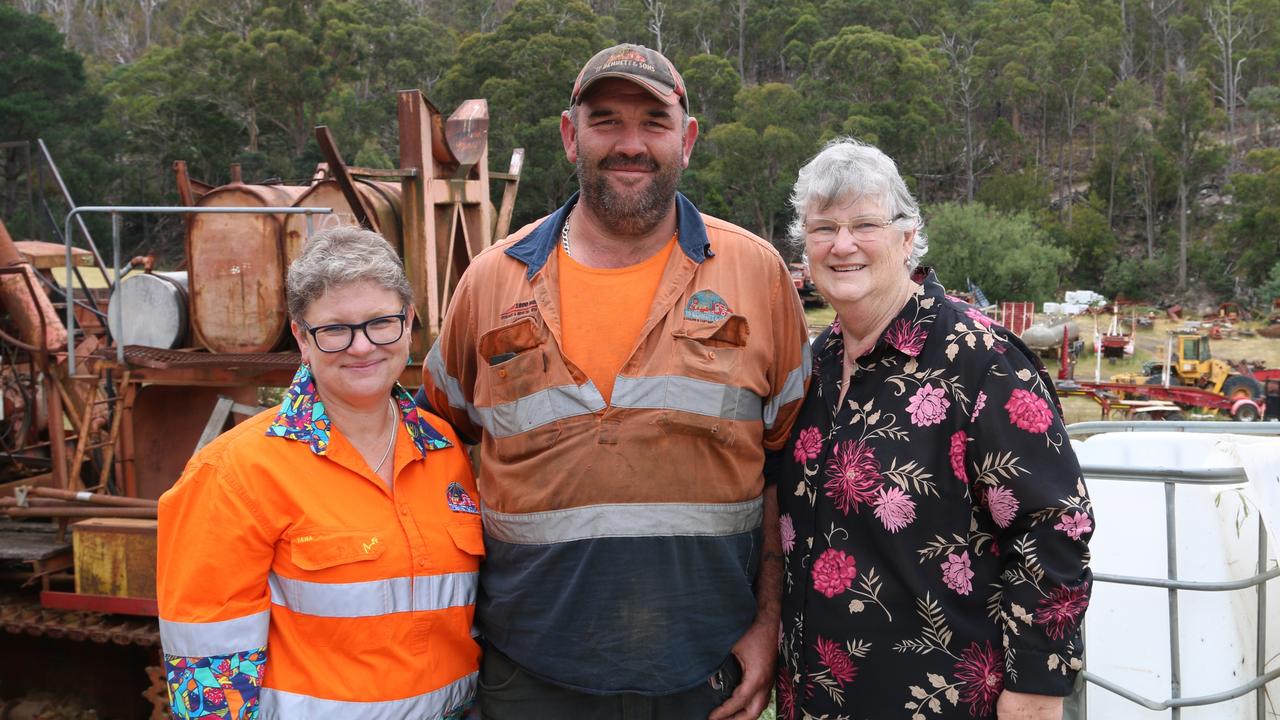Hundreds of tonnes of sea urchins pulled from East Coast fishing zone
A phenomenal number of sea urchins have been harvested from the East Coast in an attempt to stop the pest devastating the state’s abalone industry.

Tasmania
Don't miss out on the headlines from Tasmania. Followed categories will be added to My News.
MORE than one million sea urchins have been harvested from the East Coast since 2016 in an attempt to stop the pest devastating the state’s abalone industry.
Tasmanian Abalone Council chief executive Dean Lisson said rising water temperatures had allowed long-spined sea urchins to steadily move down the coast, causing broad-scale degradation to abalone habitat.
Mr Lisson said while other factors were involved, the overall abalone harvest from the
eastern fishing zone had dropped 67 per cent in recent years, which represented a loss of $49
million in export revenue.

“To put this loss into a broader context, if the annual commercial harvest from the Eastern
Zone abalone fishery remains depressed at current levels, more than $1 billion dollars of
economic activity will be lost from the Tasmanian economy over the next decade,” he said
The TAC started an incentive program for divers in 2016 to harvest the urchins for export and in turn improve conditions for abalone.
Divers receive 75 cents a kilogram for sea urchins from the Abalone Industry Development Fund and can also be paid by the processor for their catch.
Nearly 360 tonnes of urchins have been harvested so far between St Helens/Bay of Fires and Maria Island.
“The aim of the program is to reduce degradation of productive abalone habitat while assisting
the start-up of the centrostephanus sea urchin export industry,” Mr Lisson said.
The harvested sea urchins are sent to a processing factory to help establish a new roe-based
export industry.
Mr Lisson said about 95 per cent of the processed urchin roe is exported to Asia and the rest remaining in Australia.


